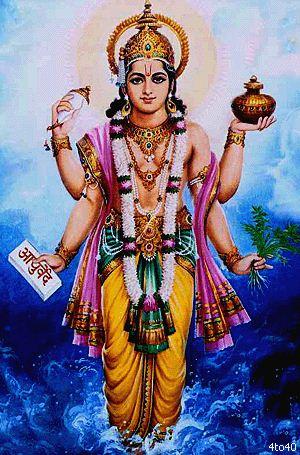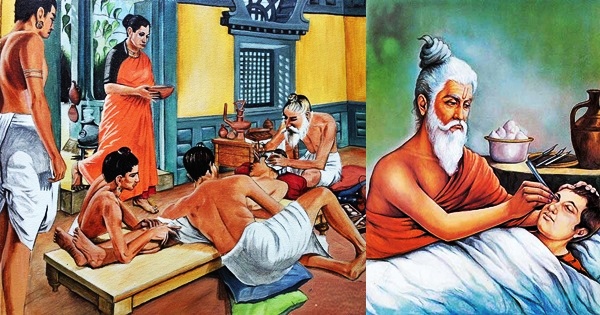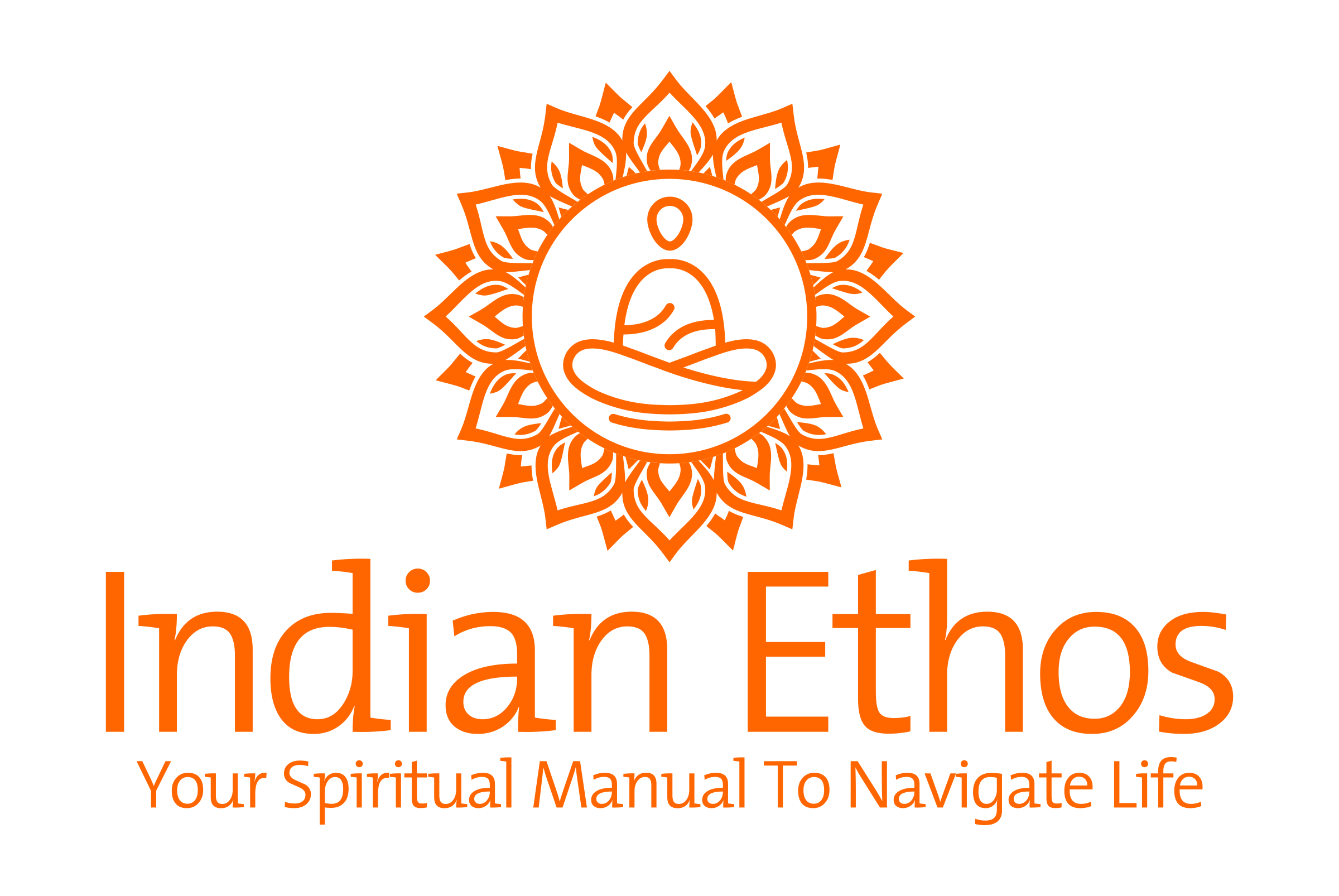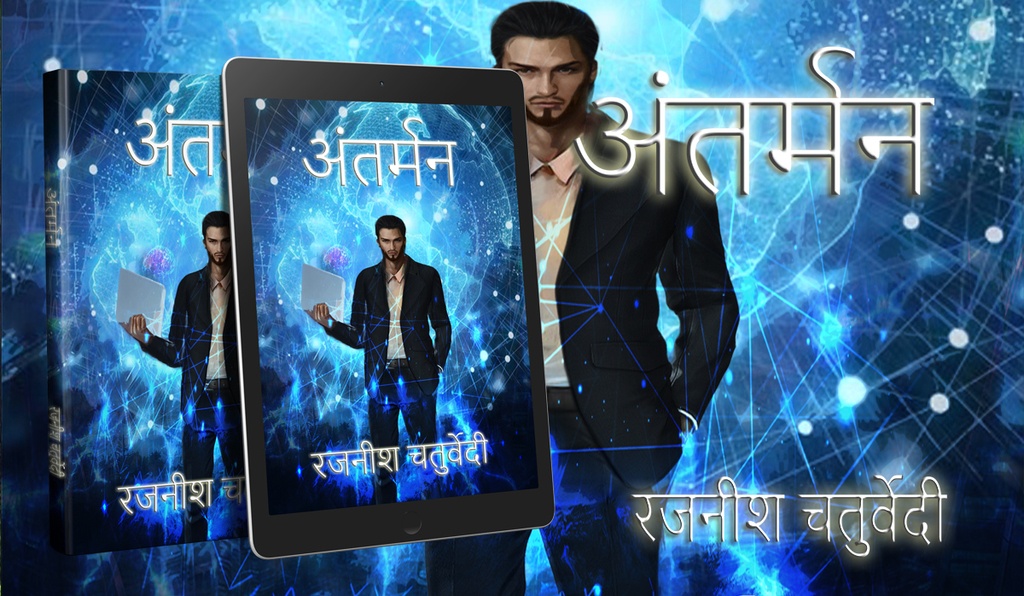
Ancient Indian System of Medical Sciences, just like other branches of sciences is very rich and has a well-defined conceptual framework which is benefitting the mankind consistently throughout the ages. Indians in Vedic times have always advocated the holistic approach towards life which includes all the domains of life including Medical Sciences. Thus unlike present day allopathy the Medical Science in Ancient India talks about not just treating the visible and surfaced symptoms of a disease, but the treatment is given with a holistic approach and root cause of the symptoms is addressed.
Of all the four vedas- Athrava Veda is said to talk a lot about medical sciences and has around 114 hyms related to this. Ayurveda is supposed to be the UpVeda of Atharva Veda.
Over a period of time Indian Medical Sciences evolved with two major school of thoughts and overall eight branches of Ayurveda got developed.
The two school of thoughts are Athrey Parampara and Dhanvantari Parampara, where on one hand Dhanvantari School of thought is more related to Medicines/Bodily Treatment ie the work of the Physician, and on the other hand Athrey Parampara was Sampradaya of Surgeons related to Shalya Chikitsa. Later in both these fields Charak for Medicines and Sushrut for Surgery had established as authority in the Ancient Society. Their famous books – Sushrut Samhita and Charak Samhita is proved to be their great work in the field of Medical System and is still referred to as one of the greatest Treatise in this field in Ancient India.
Charak Samhita contains more than 600 drugs from plant, animals and mineral origins. Similarly Sushrut Samhita also talks about different principals and theories on surgery, where more than 100 types of surgical instruments including scalpels, scissors, forceps, sepcula etc are given.

On similar lines Vagabhatta’s ‘Ashtanga – Hridaya’ is also considered a famous treatise in the field of Ayurveda. Vagabhatt found the former two work of Charak and Sushrut to elaborative and thus came up with a simple essence in 7120 easily understood verses. As per this he divided the Ayurveda in eight parts also termed as eight branches of Ayurveda as follows;-
- Kaya Chikitsa – General Medicine & therapeutice
It deals with the general ailments of Adults.
- Kaumara -bhritya/ BalaChikitsa-Paediatrics & Obsterics
This branch deals with the care of a woman during pre and post pregnancy as well as prenatal and post natal baby care. It also talks about the various diseases of Children and their treatment. Shalya Tantra – Surgery
- Shalakyatantra – This branch deals with ENT & Ophtalmology
- Shalya Chikitsa – Surgery
This branch deals with Surgery. Maharshi Suhsrutis the first surgeon who is also the author of Shalya Chikitsa.
- Bhutvidya – This branch deals with Psychiatary & Para Psychic Studies
- Vishatantra – Toxicology
This branch deals with the toxins from vegetables, mineral and also toxins from animal origins. It also elaborates about the toxins created by the air and water pollution, which at times is responsible for various epidemics.
- Rasayana- Rejuvenation Therapy
We whenever talks about Ayurveda, we generally discuss this part of Ayurveda knowingly or unknowinglyAs this branch is unique to Ayurveda and deals with the prevention of diseases and wellness of body, mind and intellect.
- Vajeekarana – Virilification Therapy
This branch deals with the means of increasing sexual vitality and efficiency.
Apart from the above branches of Medicine and two school of thoughts ‘Siddha’ Medicine was also founded by Sage Agastya which famous even today in South India. In one of the Yogic Texts – ‘Yoga Vashishtha”, it is said that diseases are first originated in mental plane, the gradually they descend to Pranic Plane and then they start affecting physical planes like various nerves, arteries and veins, which in turn result in bodily ailments. Indian Medical Science has linked the human emotional intelligent with that of his physical health long time ago. It is said the purer are your thoughts free from negativity, the better the health.
Today Modern Science is also accepting this thing. Various kinds of psychosomatic diseases are the cause of mental stress and too many negative thoughts. Recognizing this today world is also shifting towards Yoga, Ayurveda and Naturopathy. Our Scriptures and Saints who gave us this knowledge deserved to be thanked, adored and worshipped.


